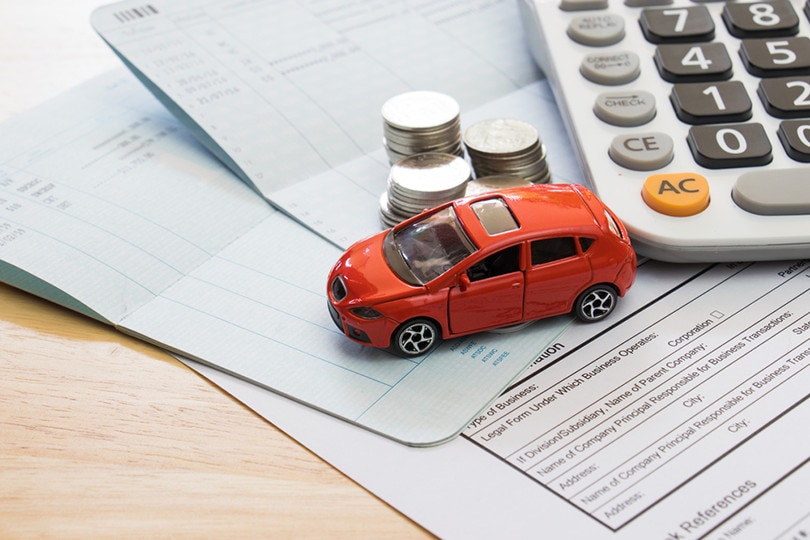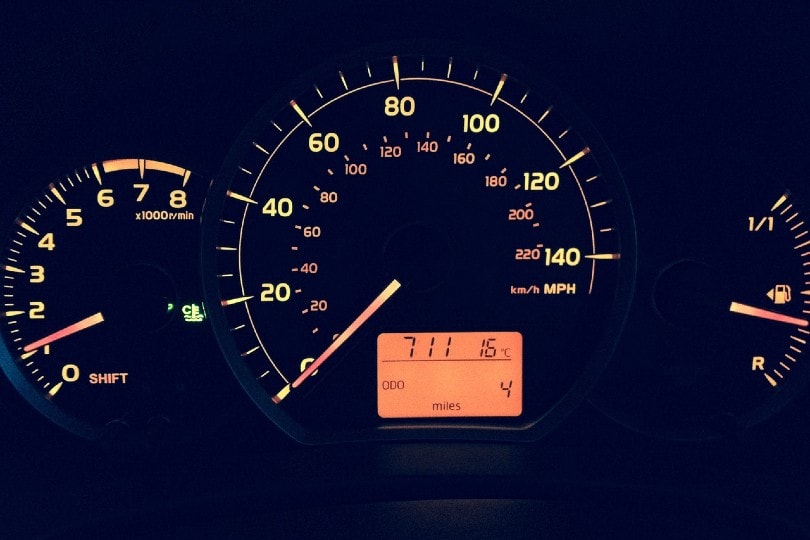How Much is Car Insurance in Indiana? (Updated in 2025)
-
Codee Chessher
- Last updated:
Car insurance prices vary across the nation, with Michigan paying three times¹ the national average, while prices in Indiana average 20% less than the national average. The cost of insurance varies based on many other factors, though, including your city, driving history, and more. Perhaps the biggest factor impacting insurance premiums is whether you opt for minimum or full coverage. Let’s check out how much insurance costs in Indiana, and what else you need to know.
Full Coverage vs. Minimum Coverage
Minimum coverage is different for every state, but it’s generally the level of coverage required by state law. Liability-only coverage, also called minimum coverage, won’t cover damage to your car after accidents or in the event of vandalism, car theft, or weather damage. For these reasons, the minimum coverage is much cheaper than full or comprehensive coverage.
Comprehensive or full coverage is a higher level of coverage that carries higher premiums. While it can be seen as a waste of money, full coverage is actually the best way to protect your car and health in the event of an accident. Even if it’s your fault, your coverage will help cover the costs of healthcare, collision damage, and even inclement weather damage.
Full coverage sometimes comes with other perks, like rental cars while your car is in the shop after an accident or roadside assistance. Every company includes different benefits in their comprehensive coverage, so it’s worth shopping around to see what company gives the best benefits for the most affordable price.

How Much Is Car Insurance in Indiana?
The average annual cost of insurance in Indiana is $367 for minimum coverage, while full coverage costs an annual average of $1,254. Considering that the respective national averages for those are $565 and $1,674, drivers in Indiana enjoy great insurance rates compared to other states.
However, the second biggest factor that impacts how much insurance costs is the company you go with. Different companies have different rating systems that assess and determine how much insurance costs for drivers. In Indiana, the biggest insurance companies are State Farm, Geico, Progressive, and Allstate. We’ll get into those risk factors later, but for now, let’s break down what those companies charge for insurance in Indiana.
| Insurance Company | Average Minimum Coverage Price | Average Full Coverage Price |
| State Farm | $299 | $913 |
| Geico | $309 | $1,202 |
| Progressive | $391 | $1,174 |
| Allstate | $452 | $1,566 |
Going by these average prices, you can see that Geico tends to offer the lowest rates in Indiana. This especially makes sense considering that Geico consistently ranks as one of the most affordable auto insurance providers nationwide.
What Other Factors Affect Insurance Costs?
Insurance companies have extremely thorough risk analysis systems that take numerous factors into consideration when offering you a quote. These include where you live, how much you drive, age, gender, driving history, and even credit score.
Where You Live
Urban areas have higher premiums for car insurance because they have more traffic and accidents than rural areas. Crime statistics like vandalism, car theft, and more are also taken into account. Even though Indiana is largely rural, only a fraction of its residents live in rural areas. Let’s check out what you can expect to pay for insurance in a few Indiana cities.
Average Annual Insurance Prices by City:
- Gary: $1,958
- Hammond: $1,835
- Indianapolis: $1,371
- Noblesville: $1,160
Annual Mileage
The more you drive, the more likely it is you’ll have an accident or experience other damage to your car. The average person drives between 10,000–15,000 miles per year, so driving less than this may reduce your premiums by a small amount.

Age
According to stats, younger drivers are far more likely to have accidents than older drivers. Considering how expensive claims are for insurance companies, this raises premiums by a lot. A 20-year-old driver in Indiana can expect to pay as much as $2,949, whereas 50-year-old drivers pay an average of $1,224.
Gender
Gender has a relatively negligible effect on insurance rates, but some stats show that men have more accidents than women, which can affect premiums. Indiana is kind of strange in that women pay a bit more than men—men pay an average of $1,126, while women pay $1,136.
Driving History
The longer you’ve driven without traffic tickets, accidents, or DUIs, the better for your wallet. Respectively, these three things can raise rates 18%, 30%, and 46% higher. The impact of a single ticket can cost you hundreds of dollars per year, while accidents and DUIs are much, much worse.
How to Improve Insurance Rates in Indiana
If you’re in a high-risk category, you’re not doomed to high premiums forever. Depending on your situation, there are ways to help reduce premiums. Sadly, these methods aren’t foolproof and won’t completely mitigate your circumstances.
- Drivers with accidents, tickets, and DUIs can take defensive driving courses at an approved driving school to wipe the points off your driving record. Over 2–3 years, your premiums will gradually fall.
- Young drivers can save money by getting insurance on their parents’ auto insurance policy. This typically ends up significantly cheaper than getting your own policy.
- Drivers in high-risk areas can sometimes get discounts for taking measures to protect your vehicle. For example, parking in a private garage or another secure area will make you less risky for them to cover.
- Shopping around at different companies to see who offers the cheapest coverage remains one of the most effective ways to get more affordable rates.
Conclusion
Indiana enjoys lower insurance premiums than the rest of the country, though drivers in high-risk areas and with other high-risk factors can expect to pay more. Thankfully, there are plenty of ways you can find lower rates.
Featured Image Credit: Rawpixel.com, Shutterstock
Contents
